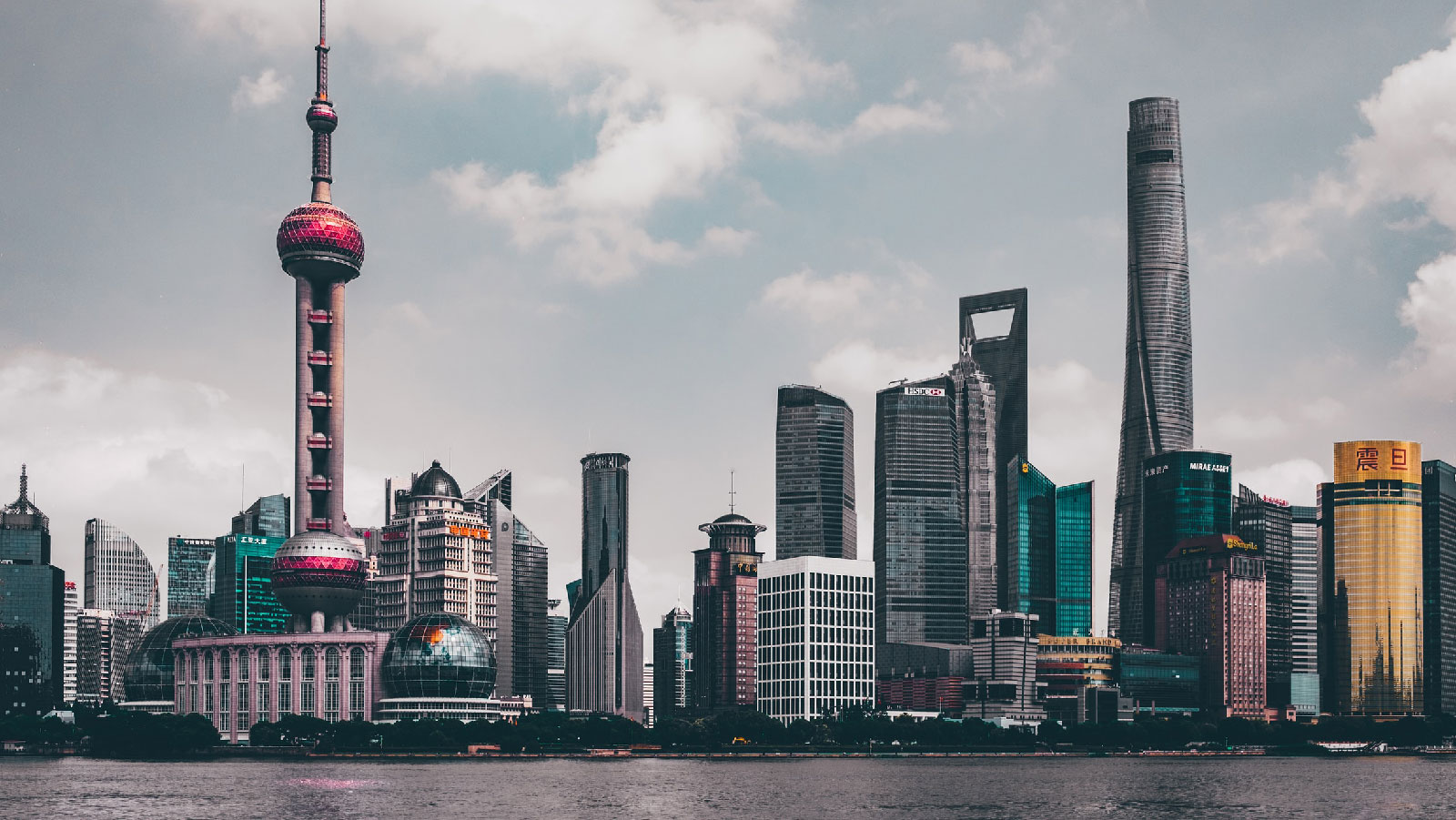Copper is an industrial metal and one of the most actively traded base metals in the world.
The metal is used to build up modern society, from the houses that we live in, the infrastructure for various industries as well as a key component to powering the green revolution’s electric cars.
In fact, global consumption of the metal is steadily increasing and touched 24.99 million tonnes in 2020. The bonded copper futures contract which is open to foreign traders started trading at the Shanghai International Energy Exchange on Nov 19, 2020.
As the world economy starts to recover and re-energise from the pandemic, copper’s demand will continue to rise by up to 10 million tonnes, potentially pushing its price to new all-time highs.
As nations and countries move towards rapid globalisation and cleaner technology, copper trading will continue to be strong with active movement from both the supply and demand side, allowing for dynamic trading opportunities.
With copper futures, producers and consumers of copper can hedge their exposure and price fluctuations.
A copper producer, such as a miner, can short the futures market to lock in their margins from the physical sales of copper.
Traders on the other hand will be able to take directional positions on the future prices of copper. If they believe the price will rise in the future, they can choose to go long on copper futures.
In this article, we will take you through everything you must know about trading copper futures and how to make more informed decisions when trading the base metal.
5 Things To Know About Trading Bonded Copper Futures
1. Copper’s Price Is Heavily Dependent On Its Industrial & Infrastructure Demand
Because of copper’s amazing physical properties such as superior heat and electrical conductivity, it is one of the primary industrial metals to help build infrastructure.
Copper is used in a spectrum of sectors including.
- Electronics
- Housing
- Automotive
- Household appliances
- Jewellery as alloys
Because of its versatility, a booming economy will generally see the demand for copper rise helping to bolster prices.
However, when there is a slowdown in economic growth from global events such as the pandemic, copper’s prices could see an acute decline and sustained drop until the demand picks up again.

2. The Global Housing Market Affects Copper Demand
A big factor that affects copper demand is the global housing market and how many new homes are being built throughout the world, especially in China and the United States.
The 2008 housing crisis saw copper prices slump, however, as new emerging markets grew such as in China and India, increased demand for housing saw the need for copper increase.
In addition, the use of copper is dominated in residential construction, accounting for a big portion of its demand. From building wire to tubes, fittings and valves, copper is an essential part of modern living, including our homes.
3. China’s Demand And Consumption Of Copper
In 2019, China accounted for 12.7 million tonnes of copper demand or around 52% of global demand, highlighting how important monitoring China’s economic growth is to the base metal.
In fact, China’s building and construction industry accounted for 28% of global demand in the same year as well.
This demand share grew to 54% in 2020, despite the pandemic, showing China’s consumption of the metal.
Traders of copper should pay attention to China’s growth trends as well as policies on price controls enacted by the Chinese Government as any new initiative could affect the global copper prices rather significantly.

4. Copper Mining Oversupply Or Deficit Can Affect Copper Prices
The copper supply picture is one of the most dynamic aspects that copper traders should pay attention to.
While the refined copper market saw a deficit of almost half a million tonnes in 2020, the 2022 supply forecast is forecasted to exceed demand by almost 330,000 tonnes.
This supply imbalance allows traders to take advantage of trading opportunities to either take long positions should there be a supply shortage or a short position if oversupply is expected to occur in the future.
The top three copper producers in the world are Chile, Peru and China with annual productions of 5.7 million tonnes, 2.2 million tonnes and 1.7 million tonnes respectively.
Hence it is essential for traders to understand the local mining situation in these countries and if there might be any expected under or oversupply from these regions.
5. You Can Trade Bonded Copper Futures At The Shanghai International Energy Exchange (INE)
There are a variety of exchanges that traders, producers and consumers of copper can trade and hedge their positions in the futures market.
In the West, you can trade copper futures at the London Metals Exchange (LME) and the New York Mercantile Exchange (COMEX).
In the East, traders will be able to access the Chinese market and trade bonded copper futures at the Shanghai International Energy Exchange (INE).
Because there are 2 spot markets for copper in China, one market that involves customs tariff and value-added tax included with another in a bonded zone without tariff and VAT, the bonded copper futures allow traders to more accurately trade the spot prices of the metal.
You can take a look at the various products being offered across the world’s major futures exchanges here.

Trade Copper Futures Today With Orient Futures
At Orient Futures, we provide traders and hedgers with access to the world’s major futures exchanges, from the COMEX to the Shanghai International Energy Exchange, to trade and hedge their positions.
These include access to grade A copper and bonded copper futures.
We are an official MAS regulated broker as well as an official overseas intermediary, allowing traders to access a spectrum of futures and options in Chinese exchanges including the INE, DCE and ZCE.
With us, you can enjoy direct access to trading, clearing and settlement. Our parent company, Shanghai Orient Futures, is the largest broker in terms of aggregated volume across the five regulated exchanges in China.
Learn more about trading bonded copper futures with Orient Futures here.



